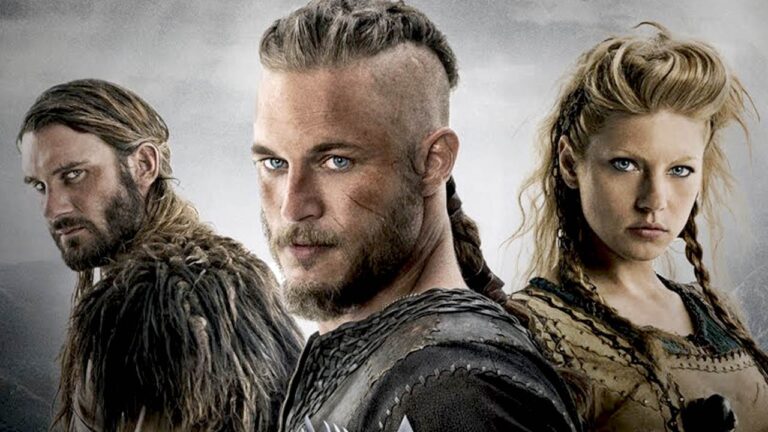After “Vikings” and its sequel “Vikings: Valhalla,” Michael Hirst returns to the Norse world with his latest venture, Bloodaxe. This new series promises not just a continuation of the Viking legacy but a deeper, grittier dive into one of the most enigmatic figures in Norse history: Erik Bloodaxe. With a title that immediately evokes raw power and brutality, Bloodaxe sets itself apart by focusing on a more personal, character-driven saga, while still capturing the grandeur, conflict, and mythos that made its predecessors so popular.
What makes Bloodaxe stand out is its decision to zero in on one of the more controversial and less explored Viking kings. Erik Bloodaxe, son of the legendary Harald Fairhair, was a man surrounded by mystery, violence, and betrayal. His life offers fertile ground for drama — from his turbulent rise to power, fratricidal conflicts, to his eventual rule over Northumbria and his mysterious fall. Unlike Ragnar Lothbrok or Leif Erikson, Erik’s story isn’t as deeply embedded in popular media, giving Hirst a chance to forge a more original path within the familiar Viking landscape.
Stylistically, Bloodaxe is said to push beyond the mythic and into the psychological. While Vikings leaned heavily into themes of destiny and gods, and Valhalla focused on legacy and the expansion of Norse influence, Bloodaxe may offer a more intimate portrayal of power, ambition, and personal demons. This more nuanced storytelling could resonate with modern audiences craving character complexity and moral ambiguity. Hirst has always excelled at blending historical realism with cinematic flair, and here he has the opportunity to dive deeper into the emotional core of a man remembered as both a brutal warlord and a misunderstood ruler.
Another intriguing element is the shifting historical context. While Vikings and Valhalla charted the Norse impact on England, Francia, and beyond, Bloodaxe may allow audiences to explore the unique political landscape of 10th-century Northumbria, a fractured territory torn between Viking influence and Anglo-Saxon resistance. This creates a rich backdrop of political intrigue and cultural conflict, ripe for drama, and potentially more grounded than the myth-heavy plots of earlier series.
Visually and tonally, Bloodaxe will likely follow in the footsteps of its predecessors, with stark Nordic landscapes, blood-soaked battles, and a haunting score to match. Yet, there’s an expectation that it will dial up the realism — less mythology, more mortality. Erik’s world was one of shifting loyalties, familial betrayal, and the ruthless pursuit of power. These are universal themes, and in Hirst’s capable hands, they promise to create a visceral, gripping experience.
Ultimately, Bloodaxe seems to mark a mature evolution in the Viking saga. It offers something both familiar and fresh — the brutal spectacle fans crave, but anchored in a more intimate, psychologically complex tale. If executed with the same commitment to storytelling and character depth as Hirst’s previous works, Bloodaxe could be the most compelling Viking series yet.








